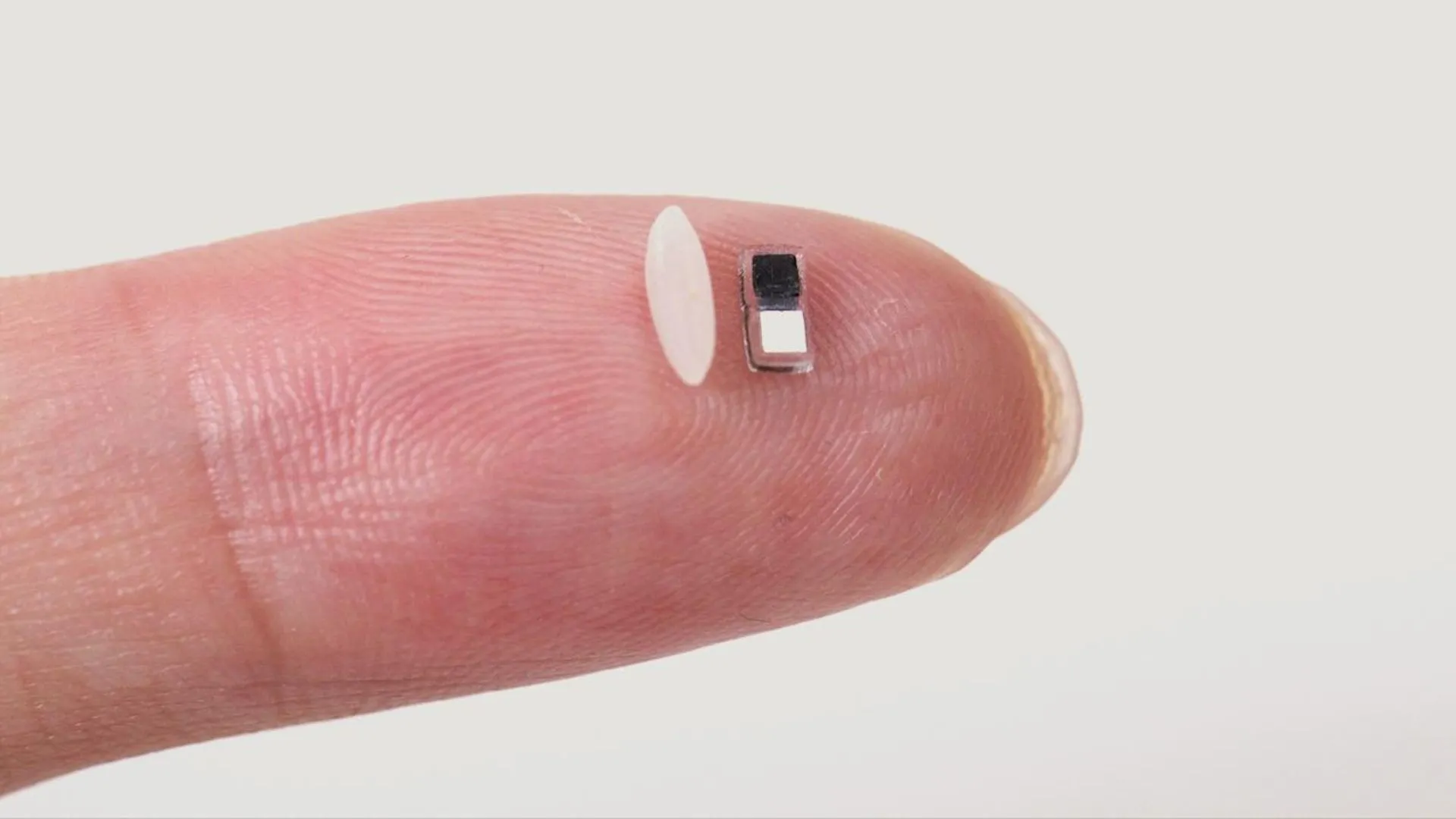Unveiling the Role of Gene Inactivation in Human Disease
The human genome consists of a vast array of genes, each playing a crucial role in the proper functioning of our body. These genes provide the instructions for synthesizing proteins that control various cellular processes, from metabolism to immune response. However, not all genes are continuously active at all times. In fact, the process of gene inactivation, where specific genes are turned off or silenced, is a natural part of cellular regulation. Yet, when gene inactivation occurs incorrectly or excessively, it can contribute to the development of several human diseases. Understanding the mechanisms behind gene inactivation and its role in human health is a critical aspect of modern medical research.
This article explores the concept of gene inactivation, its biological significance, and how disruptions in gene silencing mechanisms can lead to various diseases. By examining the underlying molecular processes and investigating their links to conditions such as cancer, neurological disorders, and autoimmune diseases, we aim to provide a comprehensive understanding of this complex topic.
What is Gene Inactivation?
Gene inactivation refers to the process by which a gene is turned off, preventing it from being expressed or translated into its corresponding protein. This process is essential for regulating gene expression and ensuring that the right genes are active at the right time. Gene inactivation can occur through a variety of mechanisms, including:
- DNA Methylation: One of the most common mechanisms of gene inactivation involves the addition of methyl groups to specific sites on the DNA molecule. DNA methylation typically occurs on cytosine bases in a CpG dinucleotide context. When DNA is heavily methylated in the promoter region of a gene, it prevents the binding of transcription factors and other regulatory proteins necessary for gene expression. This silencing process is crucial for processes like cellular differentiation, X-chromosome inactivation in females, and the suppression of transposable elements.
- Histone Modifications: Histones are proteins around which DNA is wrapped to form chromatin. The modification of histones, such as through acetylation, methylation, or phosphorylation, can alter the structure of chromatin, making it more compact or relaxed. A more compact chromatin structure, known as heterochromatin, typically correlates with gene silencing, as it prevents transcription factors from accessing the DNA. Conversely, relaxed chromatin (euchromatin) is associated with active gene expression.
- Non-coding RNAs: In addition to proteins, non-coding RNAs, such as microRNAs and long non-coding RNAs, also play a role in gene silencing. These molecules can bind to messenger RNAs (mRNAs) and prevent their translation into proteins or degrade them entirely. Long non-coding RNAs can also interact with chromatin and modulate the accessibility of DNA for transcription.
- Gene Silencing Through RNA Interference: RNA interference (RNAi) is a cellular mechanism that uses small RNA molecules, such as small interfering RNAs (siRNAs) or microRNAs (miRNAs), to silence genes post-transcriptionally. This process involves the binding of these small RNAs to complementary mRNA sequences, leading to the degradation of the mRNA or blocking its translation.
While gene inactivation is a normal and necessary part of gene regulation, the inappropriate or excessive silencing of certain genes can contribute to a variety of diseases.
Gene Inactivation and Cancer
One of the most significant consequences of gene inactivation is its role in cancer development. Cancer is a disease characterized by uncontrolled cell growth and division, often resulting from mutations or alterations in genes that regulate these processes. While the activation of oncogenes (genes that promote cancer) is a well-known cause of cancer, the inactivation of tumor suppressor genes also plays a critical role in tumorigenesis.
Tumor suppressor genes, such as p53, BRCA1, and APC, help to regulate cell cycle progression, DNA repair, and apoptosis (programmed cell death). When these genes are inactivated—either through DNA methylation, histone modifications, or mutations—they can no longer perform their protective functions, allowing cells to proliferate uncontrollably and accumulate additional genetic mutations. This can lead to the formation of tumors and metastasis.
One of the best-known examples of gene inactivation in cancer is the silencing of the p16INK4a gene, a tumor suppressor that regulates the cell cycle. In many cancers, including lung, breast, and colon cancer, p16INK4a is inactivated by DNA methylation, contributing to the uncontrolled growth of cancerous cells. Similarly, the inactivation of the BRCA1 gene, which is involved in DNA repair, increases the risk of breast and ovarian cancers. Individuals with inherited mutations in BRCA1 or BRCA2 are more prone to developing these cancers, and the silencing of these genes can further exacerbate the risk.
In addition to the silencing of tumor suppressor genes, gene inactivation can also play a role in the activation of genes that promote tumor growth. For example, the loss of imprinted genes, which are normally silenced in one copy of a chromosome, can result in the expression of normally repressed alleles that contribute to cancer development.
Gene Inactivation and Neurological Disorders
Gene inactivation also plays a crucial role in several neurological disorders, especially those involving the development of the nervous system. These conditions often arise when genes that are crucial for brain function or development are inappropriately silenced.
One such disorder is Rett syndrome, a rare neurodevelopmental disorder that primarily affects females. Rett syndrome is caused by mutations in the MECP2 gene, which is responsible for regulating gene expression through DNA methylation. In the case of Rett syndrome, the MECP2 gene is often mutated, leading to the disruption of normal gene silencing mechanisms and resulting in the developmental regression seen in affected individuals. This gene inactivation leads to severe cognitive and motor impairments.
Another neurological disorder associated with gene inactivation is Fragile X syndrome, the most common inherited cause of intellectual disability in males. Fragile X syndrome is caused by the expansion of a CGG repeat in the FMR1 gene, which leads to hypermethylation and subsequent silencing of the gene. The loss of FMR1 expression leads to deficits in synaptic plasticity and cognitive function.
In Alzheimer’s disease, the inactivation of specific genes involved in neuroprotection and synaptic function can contribute to disease progression. The APOE gene, for example, has different alleles, some of which are associated with an increased risk of Alzheimer’s disease. The silencing of neuroprotective genes can exacerbate the accumulation of amyloid plaques and tau tangles in the brain, both hallmark features of Alzheimer’s disease.
Gene Inactivation in Autoimmune Diseases
Autoimmune diseases occur when the immune system mistakenly attacks the body’s own cells. Gene inactivation has been implicated in several autoimmune diseases, as it can disrupt the immune system’s ability to distinguish between self and non-self.
In systemic lupus erythematosus (SLE), an autoimmune disease characterized by widespread inflammation and tissue damage, the silencing of certain genes involved in immune regulation may contribute to disease development. Specifically, the inactivation of genes responsible for controlling inflammation, such as those that encode for cytokines and immune checkpoint proteins, can lead to an overactive immune response.
Similarly, in multiple sclerosis (MS), a disease in which the immune system attacks the myelin sheath surrounding nerve fibers, gene inactivation may alter the regulation of immune cells, leading to demyelination and neurological damage. The silencing of genes involved in immune tolerance, such as those involved in T-cell differentiation, may contribute to the autoimmune attack on the central nervous system.
Gene Inactivation and Aging
Gene inactivation is also a key player in the aging process. As we age, certain genes that are involved in cellular repair and maintenance become progressively silenced. This includes genes involved in DNA repair, mitochondrial function, and the regulation of cell division. The loss of expression of these genes leads to a gradual decline in cellular function, which contributes to aging and age-related diseases.
For example, the SIRT1 gene, which is involved in cellular stress resistance and DNA repair, becomes less active with age. The inactivation of SIRT1 has been linked to age-related diseases such as cardiovascular disease, neurodegeneration, and metabolic disorders. Similarly, the silencing of the FOXO3 gene, which regulates longevity and cellular repair mechanisms, is associated with a shortened lifespan and increased susceptibility to age-related diseases.
Therapeutic Implications of Gene Inactivation
Given the central role of gene inactivation in various diseases, understanding the mechanisms behind this process opens up potential therapeutic avenues. One promising approach involves the reversal of gene silencing. By using drugs or other interventions to reactivate silenced genes, it may be possible to restore normal cellular function and mitigate disease symptoms.
For example, in cancer therapy, efforts are underway to develop drugs that inhibit DNA methylation and histone modifications, with the goal of reactivating tumor suppressor genes. Similarly, in neurological disorders like Rett syndrome, therapies aimed at reactivating the MECP2 gene are being explored as potential treatments.
In autoimmune diseases, strategies to block the inappropriate inactivation of immune regulatory genes could help restore proper immune function and prevent the overactivation of the immune system.
Gene inactivation plays a critical role in the development and progression of a variety of human diseases. From cancer to neurological disorders, autoimmune diseases, and aging, the silencing of specific genes can lead to profound health consequences. While gene inactivation is a natural and necessary part of cellular regulation, disruptions in this process can have detrimental effects. Understanding the molecular mechanisms behind gene silencing and developing strategies to reverse or modulate these processes holds great promise























